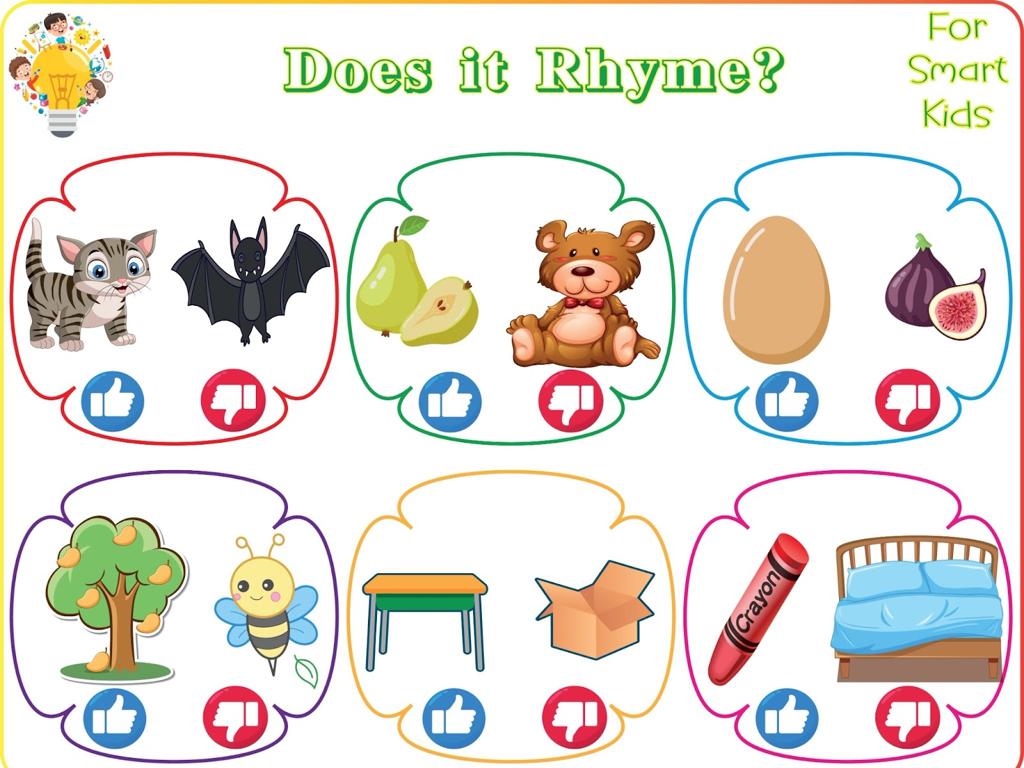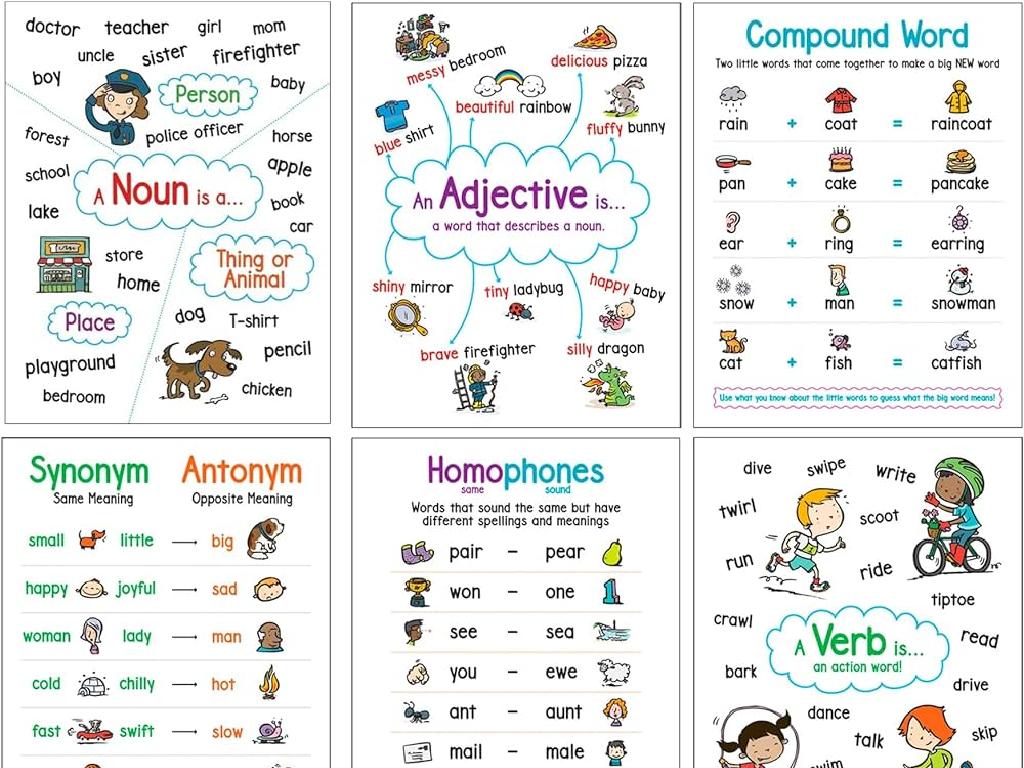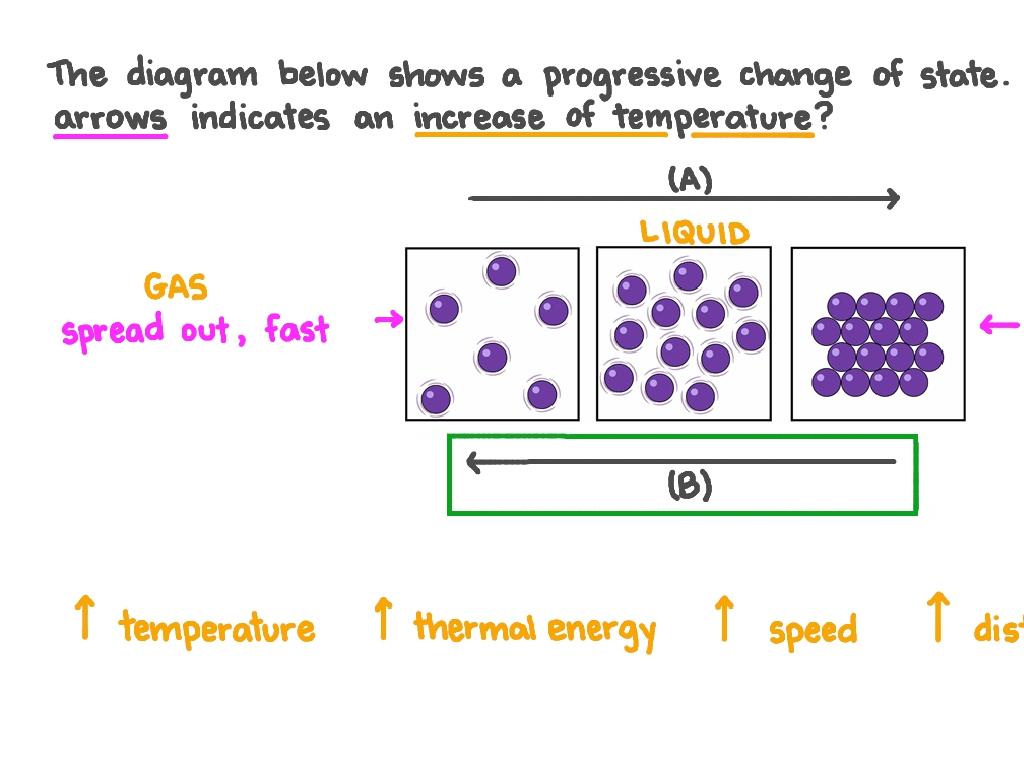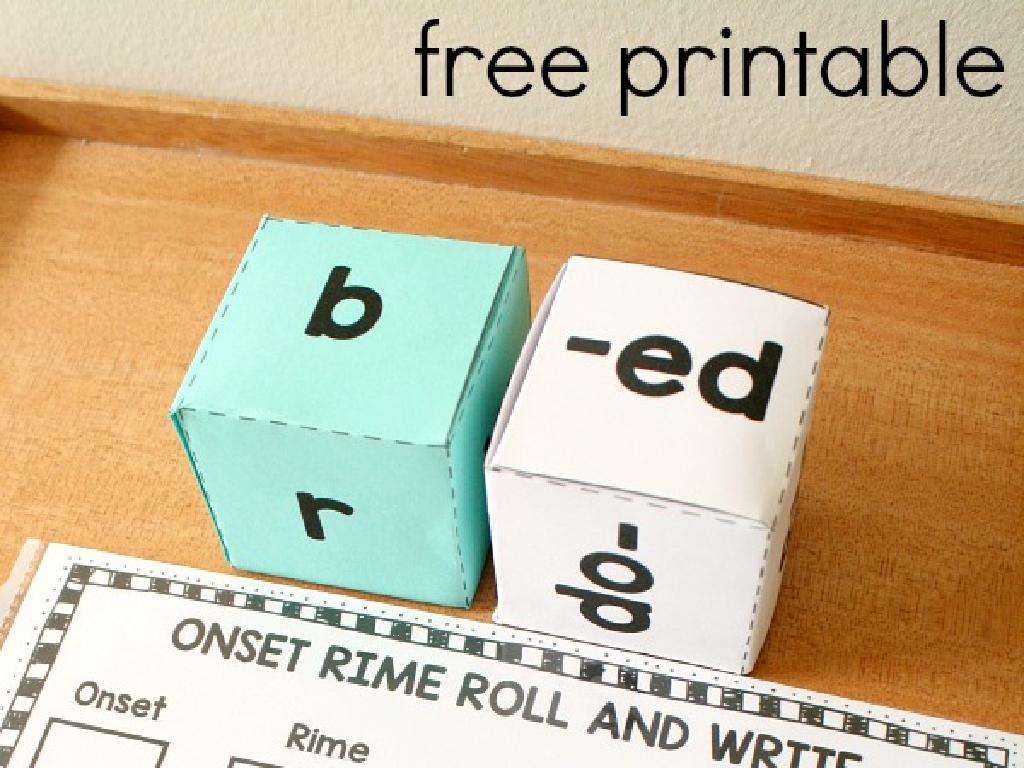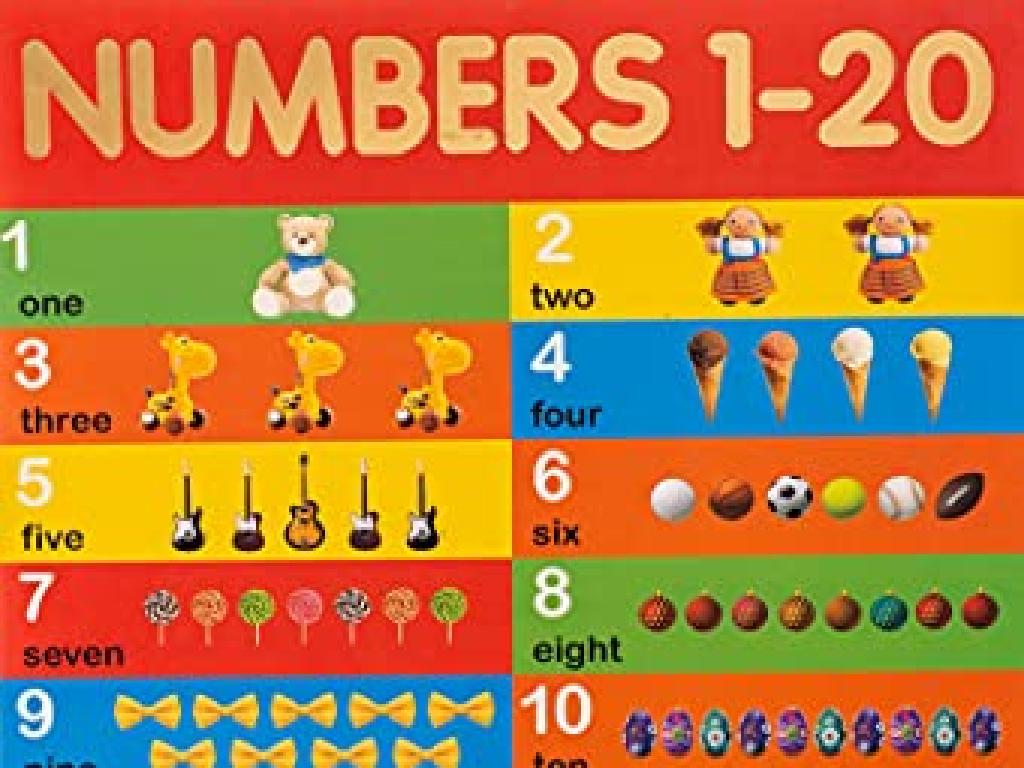Light And Heavy
Subject: Math
Grade: Kindergarten
Topic: Measurement
Please LOG IN to download the presentation. Access is available to registered users only.
View More Content
Welcome to Measurement: Light and Heavy
– Good morning, Kindergarteners!
– Today’s topic: Light and Heavy
– What are light objects?
– Feathers or leaves are light.
– What are heavy objects?
– Rocks or furniture are heavy.
|
Begin the class with a warm greeting to set a positive tone. Introduce the concept of light and heavy as parts of measurement. Encourage the children to think of examples of light objects, such as feathers or leaves, and heavy objects, like rocks or pieces of furniture. This will help them understand the difference between the two concepts through tangible items they are familiar with. Use this opportunity to engage with the students by asking them to share their ideas and provide guidance where necessary. The goal is to make them aware of the weight differences in objects they encounter in their daily lives.
Understanding Light Objects
– What does ‘light’ mean?
– ‘Light’ means not heavy; easy to move
– Light objects are easy to lift
– Examples of light things
– A feather, a leaf, a piece of paper
– Importance of knowing light objects
– Helps us decide how to use our strength
|
This slide introduces the concept of ‘light’ as a property of objects related to weight. Kindergarteners will learn that light objects are those that are easy to pick up or move. Use everyday examples such as a feather, a leaf, or a piece of paper to illustrate the idea of lightness. This will help them understand that they don’t need to use much strength to lift such objects. Encourage the students to think of other light objects they encounter in their daily lives and discuss why it’s useful to recognize if something is light or heavy before trying to lift it.
Understanding Heavy Objects
– What does ‘heavy’ mean?
– ‘Heavy’ means not easy to lift
– Heavy things challenge us
– Examples of heavy items
– Like a big rock, a thick book, or a backpack with toys
– Comparing heavy and light
– Use a scale to see which is heavier
|
This slide introduces the concept of ‘heavy’ to Kindergarten students. Begin by explaining that heavy items are usually harder to lift or move. Use tangible examples that children are familiar with, such as a rock, a book, or a backpack filled with toys, to illustrate the point. Encourage the students to think of other heavy items they have encountered. You can also bring in a small scale to class and demonstrate by weighing different objects to show which ones are heavier, thus giving them a practical understanding of the concept of heavy versus light.
Comparing Light and Heavy Objects
– Understanding light and heavy
– Light objects are easy to lift, heavy ones are not.
– How to compare objects
– Pick two objects and try lifting them to see which is heavier.
– Practice with real items
– Use items like a pencil and a book to compare.
– Discuss our findings
– Talk about which object was lighter or heavier and why.
|
This slide introduces the concept of weight and how we can compare objects to determine if they are light or heavy. Encourage the children to use their own strength to feel the difference between light and heavy by lifting objects. Provide examples of everyday items that they can compare, such as a pencil (light) and a book (heavy). After the activity, have a discussion with the class to share their experiences and reinforce the concept. This hands-on approach helps children understand abstract concepts through concrete experiences.
Let’s Practice Together: Light and Heavy
– Use a balance scale for practice
– Observe which side goes up
– The side that rises has the lighter object
– Observe which side goes down
– The side that lowers has the heavier object
– Understand light and heavy
|
This slide is for a hands-on class activity where students will learn about the concepts of light and heavy using a balance scale. Demonstrate how to place objects on both sides of the scale and explain that the side that goes up is lighter, while the side that goes down is heavier. Prepare a set of diverse objects for the students to experiment with. Possible activities include comparing common classroom items, toys, or blocks. Encourage the children to predict which items are lighter or heavier before using the scale, and then test their hypotheses. This will help them understand the practical application of measurement and comparison in everyday life.
Class Activity: Light or Heavy?
– Explore objects in the classroom
– Decide if they are light or heavy
– Use your hands to feel the weight
– Sort objects into two groups
– Create two piles for sorting
– Check answers with a balance scale
– Learn how a scale shows weight difference
|
This interactive activity is designed to help Kindergarten students understand the concept of weight by classifying objects as light or heavy. Provide a variety of objects for the students to handle and sort. Encourage them to use their hands to feel the weight of each item before making a decision. Once they have sorted the objects, use a balance scale to demonstrate how to verify their classifications. This will also introduce them to the concept of measurement and how tools like scales help us compare weights. Prepare to guide them through the process, ensuring they understand why an object is light or heavy. Have a discussion about the results and what they observed during the activity.
Understanding Light and Heavy
– Great job exploring weights!
– Use ‘light’ and ‘heavy’ in daily life
– For example, a feather is light and a book is heavy
– Describe objects at home or school
– Keep practicing your new words!
– The more you practice, the better you’ll get!
|
Congratulations to the students for learning about the concepts of light and heavy. Encourage them to apply these terms to describe various objects they encounter in their daily lives, both at home and at school. This will help reinforce their understanding and make the learning experience more tangible. Provide examples of light objects like feathers and heavy objects like textbooks to give them a clear context. Remind them that practice is key to mastering new vocabulary and concepts, and that they should continue to use these words as much as possible.
Activity Time: Find and Sort!
– Play ‘Find and Sort’ game
– Find items to sort by weight
– Look for small and big things
– Use balance scale to test
– Is it heavier or lighter than your lunchbox?
– Discuss what makes items light or heavy
|
This activity is designed to help Kindergarten students understand the concept of weight and the difference between light and heavy objects. Encourage the children to explore the classroom and select various items to sort into two groups: light and heavy. Use a balance scale to confirm their predictions. This hands-on experience will help them grasp the concept of weight comparison. As they work, ask guiding questions to help them think about why certain items are heavier or lighter. Possible activities include comparing toys, books, and classroom supplies, or even comparing the weights of different fruits. Ensure safety when handling heavier objects and provide assistance with the balance scale.

